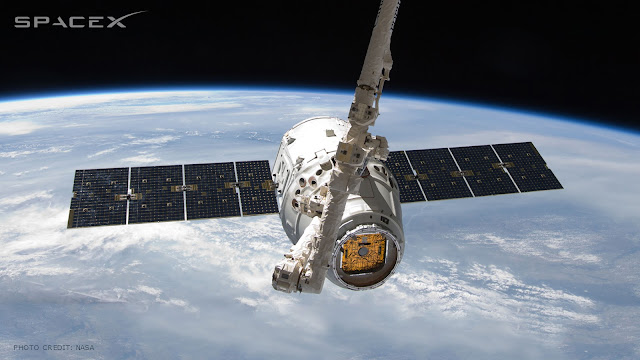Silvia Stagg
For President Campaign
2012-2044...until elected!
EMBRACE THE FUTURE!
Silvia Stagg
A Republican Write-In Ballot - Independent
Presidential Candidate
NOV 2024 Presidential
General Election!
Summary of Most Trusted Socioeconomic Infrastructure Program - Presidential Planet Management Program
by Silvia Stagg
https://docs.google.com/presentation/d/1cNN_aBSZoVz_lb30RDhNBPvs4d1n5xP0GGnWIK8zENE/edit?usp=sharing
Original 2008 Notarized Summary of Most Trusted Socioeconomic Infrastructure Programs

Silvia Stagg Republican
Write-In - Independent Presidential Candidate
For The Upcoming
NOV 2024 Presidential
General Election!
VOTE For Life Extension!
VOTE Silvia Stagg For President!
See Websites Below, Become Informed,
Increase Voter Signatures,
and State Ballot Access Nationwide!
Below: Video of Silvia Stagg
Below Article:
POLITICAL INFLUENCE
Article Cites
"...Silvia Stagg As A Truly Bipartisan Presidential Candidate..."
PDF File Politico Influence
Who are we?...Life...We are Life...Please Care about Life...It's about Life Extension!
Support and VOTE for Life Extension...Support and
VOTE Silvia Stagg For President!
VOTE Silvia Stagg For President!
Silvia Stagg For President 2012-2044...Republican
Independent Write-In Ballot Candidate This General Election!...
...until elected US President!
...until elected US President!
Silvia Stagg Is A Republican Presidential
Write-In Ballot - Independent Ballot
General Election Candidate
NOV 2024 Presidential
General Election!
VOTE For Life Extension!
VOTE Silvia Stagg For President!
The White European Christian Race
Is Facing Race Extinction!
Contact Your Congressman and Demand
Your Natural Right To Life Extension Healings!
U.S. House of Representatives - US Senate
Capitol Building
Washington District of Columbia - 20515
U.S. Capitol Switchboard
202-224-3121 & TTY: 202-225-1904
http://www.house.gov/ and http://www.senate.gov/
Public Email For Members of Congress
_____________________________________________________
_____________________________________________________
_____________________________________________________
Below: President George W. Bush US CENSUS
_____________________________________________________
_____________________________________________________
_____________________________________________________
See All Websites! Become Informed,
Increase Voter/Elector Signatures,
and State Ballot Access Nationwide!
Primary Campaign Websites:
____________________
Below: Prior Websites Current Thru 2020
_____________________________________________________
_____________________________________________________
_____________________________________________________
SILVIA STAGG FOR PRESIDENT
2012 - 2044...until elected!
EMBRACE THE FUTURE!
JOIN SILVIA STAGG FOR PRESIDENT
GRASSROOTS CAMPAIGN!
Become Informed,
Increase Voter-Elector Signatures,
and State Ballot Access Nationwide!
Silvia Stagg Is Seeking A Vice President,
Registered VOTER Signatures
For Each State!
_____________________________________________________
_____________________________________________________
_____________________________________________________
Above: Photo of Reince Priebus,
RNC Chair - Trump Chief of Staff
March 31-2011 Letter From Reince Priebus
Below: Copy Available - Click-in
_____________________________________________________
_____________________________________________________
_____________________________________________________
Republican National Committee
310 First Street, S.E Washington, D.C. 20003
Internet: www.gop.com Email: info@gop.com
T: 1/202-863-8500 – F: 1/202-863-8820
_____________________________________________________
_____________________________________________________
_____________________________________________________
FEC 2024 FORMS 1-2 FILING STATUS
FOR SILVIA STAGG REP
WRI-IND Presidential Candidate
FEC Filing Status:
FEC Forms 3P, 3Z-P, End of Year,
Post General Election Summary
Filed NOV 4-2020, NOV 24-2020, w/Resubmit NOV 30-2020
_____________________________________________________
_____________________________________________________
_____________________________________________________
September 2014 Aventura Mall - Forever 21!












